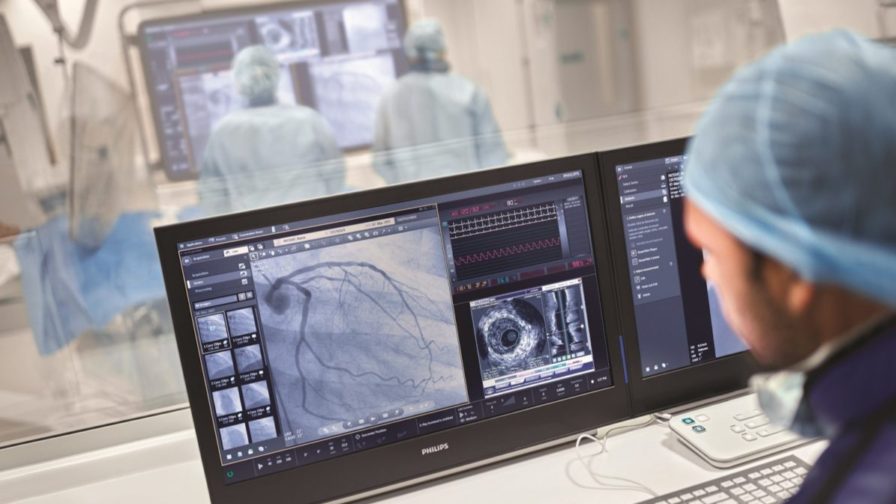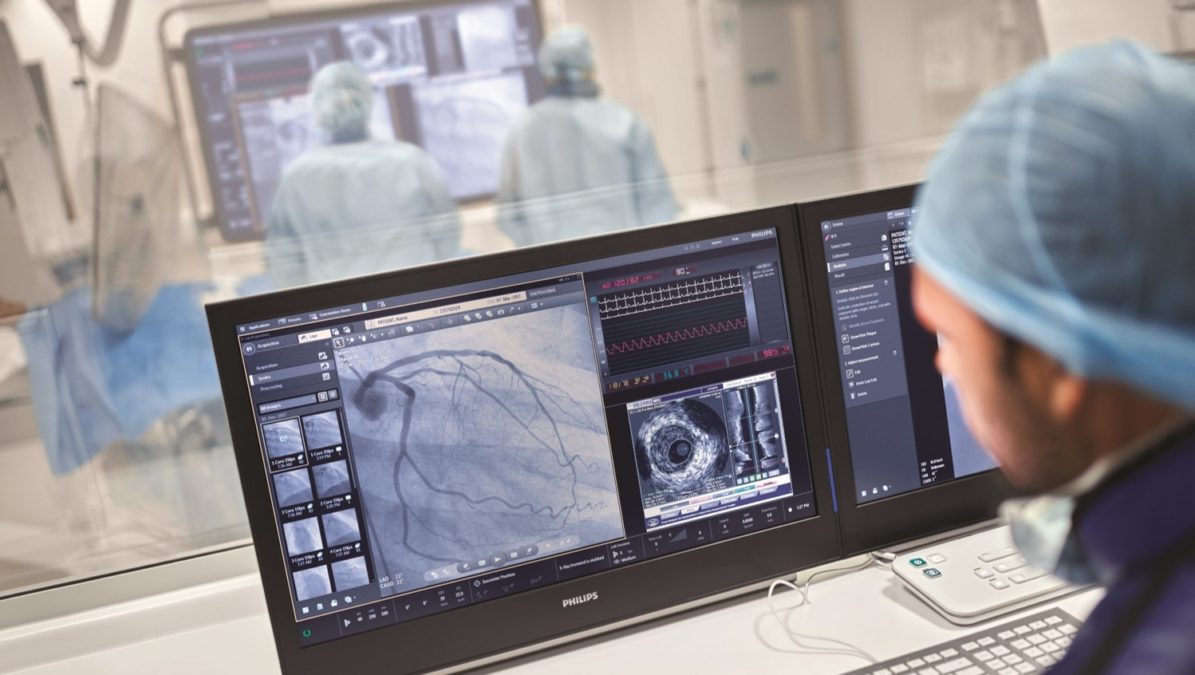
If you’re waiting for a diagnosis or recovering from an operation, a UX designer is probably the last person you would expect to need.
But, as Heleen Engelen of Philips Healthcare explained in her talk at Codemotion Amsterdam 2019, teams of designers across the globe are helping to spark a revolution in healthcare that prioritises the needs of both staff and patients.
Heleen, who is Head of Design for Precision Diagnosis at Philips Design, began by telling the audience about her mother-in-law’s experience in the healthcare system.
Despite suffering several strokes, a chronic heart condition and daily pain from problems with her spine, the 73-year-old was still striving to live a normal and happy life.
But unfortunately, she then developed an infection in her mouth that rendered her unable to swallow properly. Doctors were baffled.
After a year, she went to another hospital for a second opinion and it was discovered that the cause of the infection was the cocktail of drugs she had been taking for all her different ailments. All it took was to change one pill and the infection was gone within 24 hours.
What does Heleen’s mother-in-law’s story have to do with a global company like Philips, with more than 100,000 people in 100 locations around the world? For Heleen, it reinforces the need for a holistic approach to patient care and the need to utilise the skills of the digital community to meet the evolving needs of the global healthcare ecosystem.
“We [Philips] are now in a digital transformation, like the healthcare industry itself is,” said Heleen.
“We have a new mission and vision… striving to make the world healthier and more sustainable through innovation. And to reach three billion people, we have to change something. We have to think about business models in a different way. We have to start digitalising.”

There are quite a few global trends affecting the healthcare industry at the moment, explained Heleen: global resource constraints, where human beings’ right to access healthcare is not being met worldwide, spiraling costs, an ageing population, a rise in chronic conditions, increasing consumer engagement and, most importantly, digitalisation.
With all these trends in mind, Heleen confesses that today “Nobody has a holistic view of the patient.” That said, she also realises that Philips has all the elements and potential to provide care that can generate improved outcomes.
How is Philips paving the way for more holistic healthcare? Firstly, says Heleen, through the goal of achieving its Quadruple Aim:

“We want to (1) improve health outcomes. We want to (2) make sure that the patient has an experience that is much more human and much more holistic and so the quality has to go up,” said Heleen. “We also want to (3) improve the staff experience. For example, radiologists currently have a 49% burnout rate.” “And last but not least, making sure that all regions in the world can have access to healthcare; (4) the costs need to go dramatically down.”
All very noble intentions – but what does this have to do with the UX designer? Heleen explains, “The patient and staff experience is the number 1 topic of design agenda of my team.” In bringing this to life, she explains that it is imperative that her team of designers have direct contact with both patients and staff to bring the UX expertise into the field. “My designers are not only in the design studios… they are in the hospitals. They are next to the patients and next to the staff, to understand what kinds of issues they are facing on a day-to-day basis,” said Heleen. “We co create, with a multidisciplinary team of specialists, potential solutions for the issues that they are facing. We build on-the-spot prototypes, software and hardware if necessary and we test it immediately with the people that actually use it.”
“We are the voice of the customer. We are the voice of the patient and of the staff. The role of design is to visualise, to communicate and to make sure that these kinds of means are the starting point of dialogue… we have the chance to envision the future.”

As a global company, Philips harnesses Augmented Technology and Adaptive (Artificial) Intelligence, together with the vast amount of knowledge and insight brought by its experienced staff. With 380 designers in various locations across the world, using a company-wide design language system to encourage standardisation at the same time as innovation, Philips is, said Heleen, “navigating into the digital space.”
Check out what career opportunities are available at Philips and surprise yourself by discovering what is available.